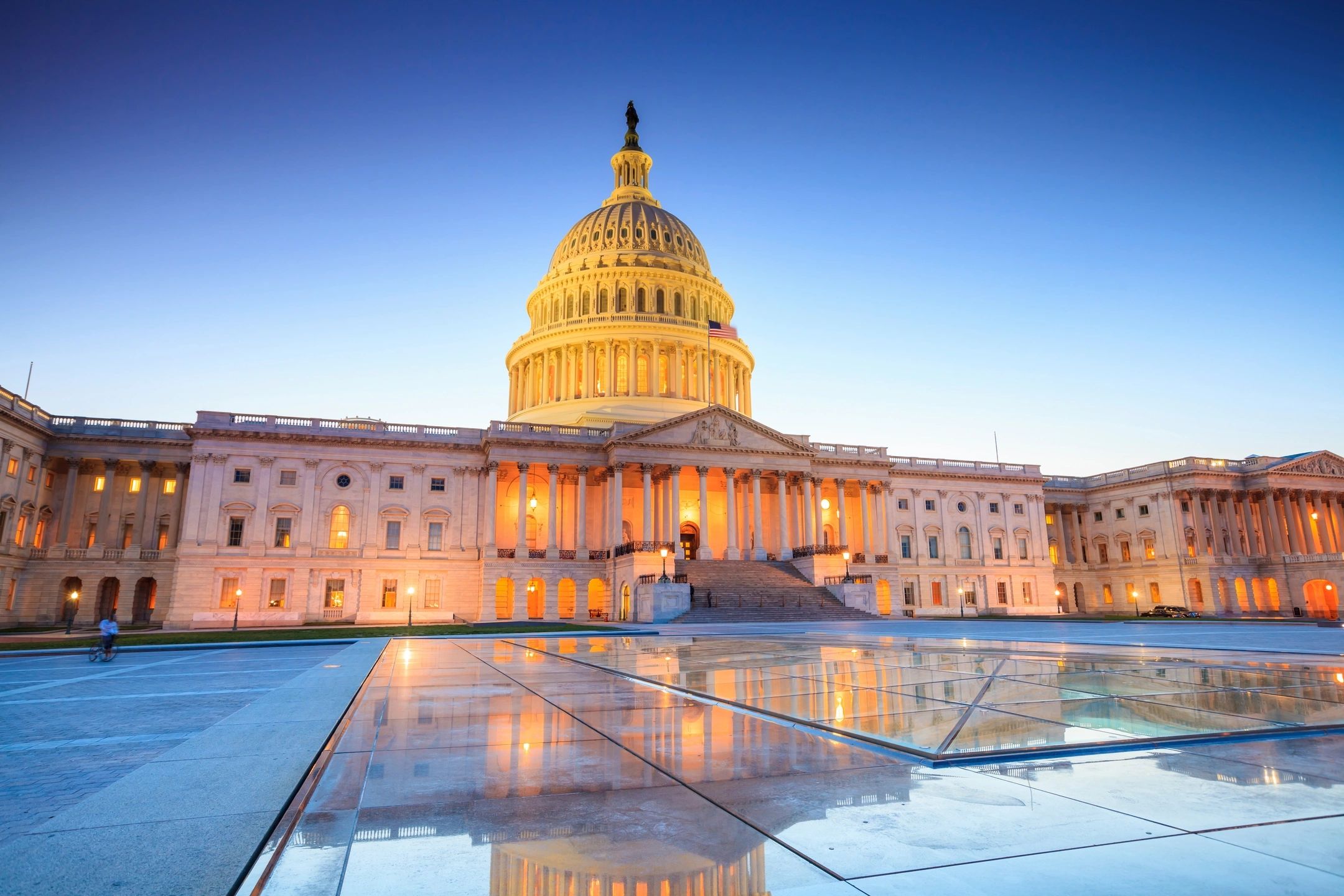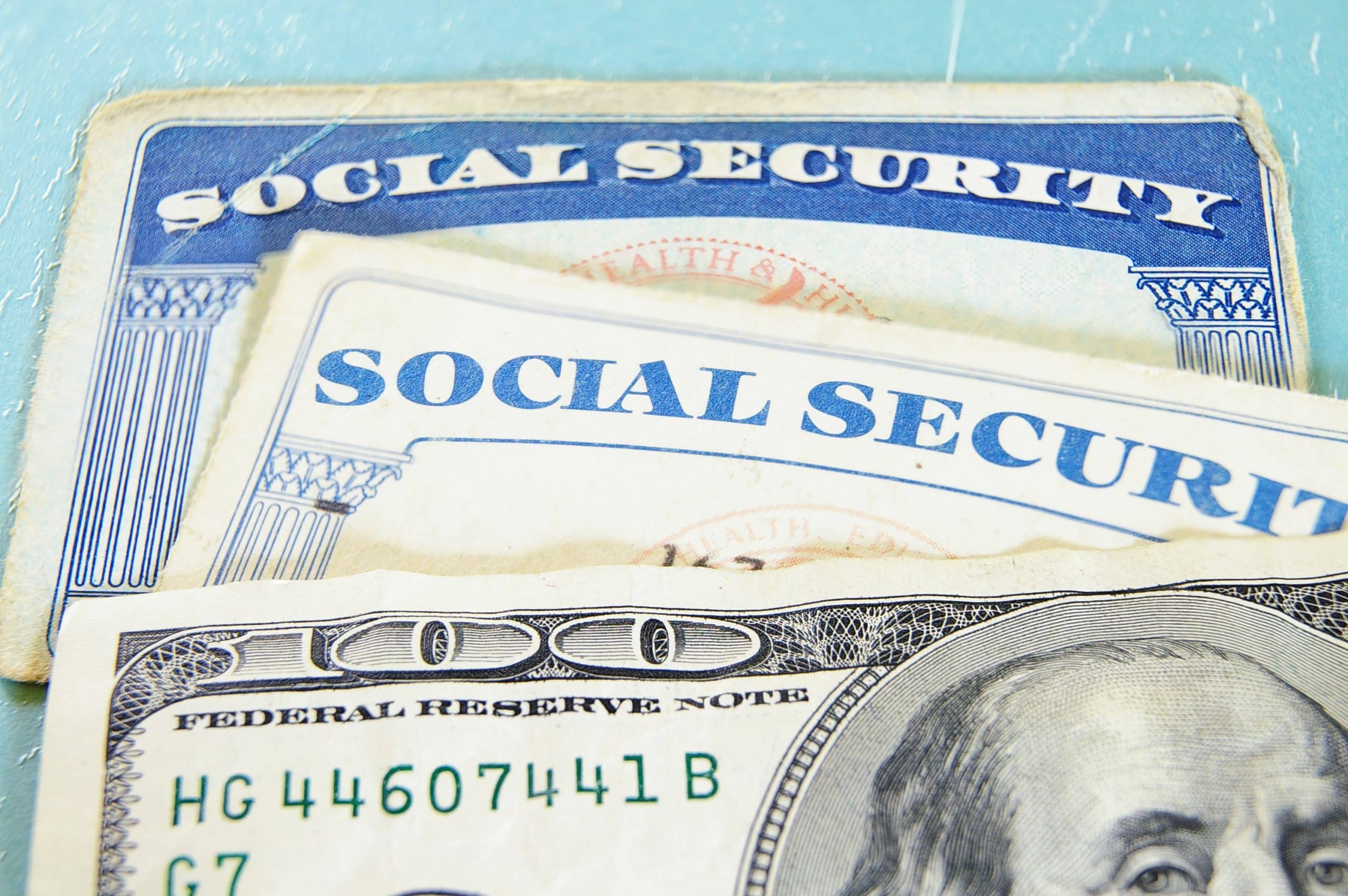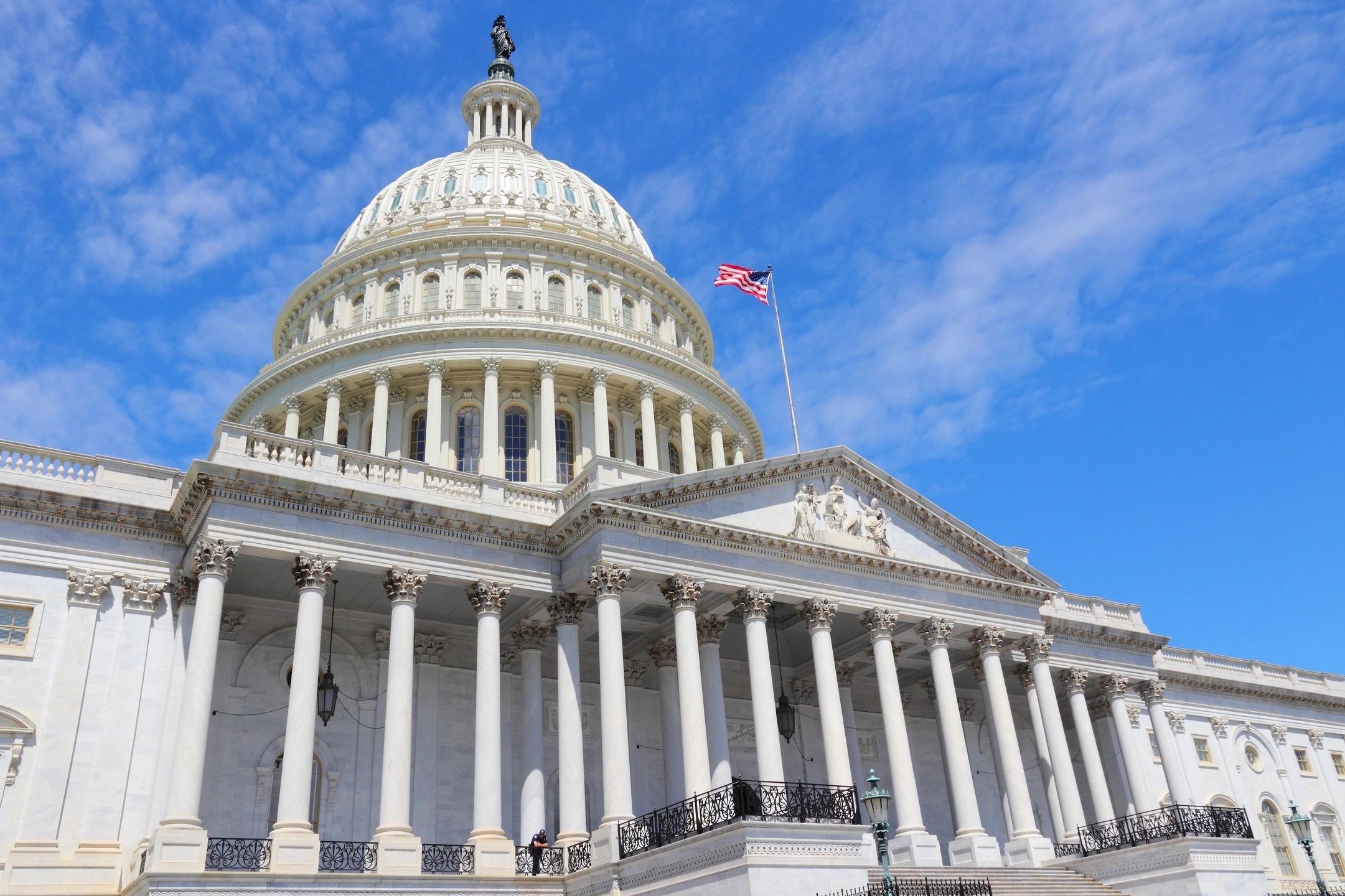President Trump Issues Executive Order To Create Temporary Payroll Tax Deferral
On August 8th, President Trump signed an Executive Order that would issue a temporary payroll tax deferral for the employee portion of Social Security taxes, after an additional stimulus package was not passed in Congress. It’s important to note that this is only a tax deferral, meaning these taxes will need to be paid in the future. We are currently awaiting final instruction to be released from the Treasury Department on how to implement this deferral.
Specifically, the Order says:
“To that end, today I am directing the Secretary of the Treasury to use his authority to defer certain payroll tax obligations with respect to the American workers most in need. This modest, targeted action will put money directly in the pockets of American workers and generate additional incentives for work and employment, right when the money is needed most.”
The Executive Order says the relief is restricted to “any employee the amount of whose wages or compensation, as applicable, payable during any bi-weekly pay period generally is less than $4,000, calculated on a pre-tax basis, or the equivalent amount concerning other pay periods.” That generally works out to a restriction on those making more than $100,000 annually. The order directed the Treasury Department to defer collection of the employee portion of Social Security FICA taxes—part of required payroll tax withholding—from Sept. 1 through the end of 2020. The deferred taxes may have to be subsequently repaid unless Congress enacts legislation stating otherwise.
The deferral of deposit and payments is in addition to the employer portion deferral opportunity released as part of the CARES Act. While the CARES Act, signed into law April 2020, allows employers to defer their share of Social Security tax through the remainder of 2020, this new deferral is for both employee and employer share of the Social Security tax.
According to SHRM, the president’s order leaves many questions unanswered:
- Whether the deferral is voluntary on the part of employers, and whether an employer may deposit and pay employees’ deferred taxes at any time prior to the applicable due date.
- Whether employers will be required to withhold all of the deferred amounts from the first paycheck on or after January 2021, or if there be an extended time for collection and deposit?
- What to do with respect to employees who terminate employment before Jan. 1, 2021.
- Whether an employer can use the deferral with respect to some groups of qualifying employees, but not others, where that may be desirable for payroll administration or other reasons.
- How overtime pay or other variable pay, such as commissions and bonuses, should be taken into account in calculating the $4,000 threshold.
We will keep you apprised regarding what to expect as soon as we receive the information from the Treasury Department regarding this deferral. We will continue to share actions as they become available.







Reply a Comment